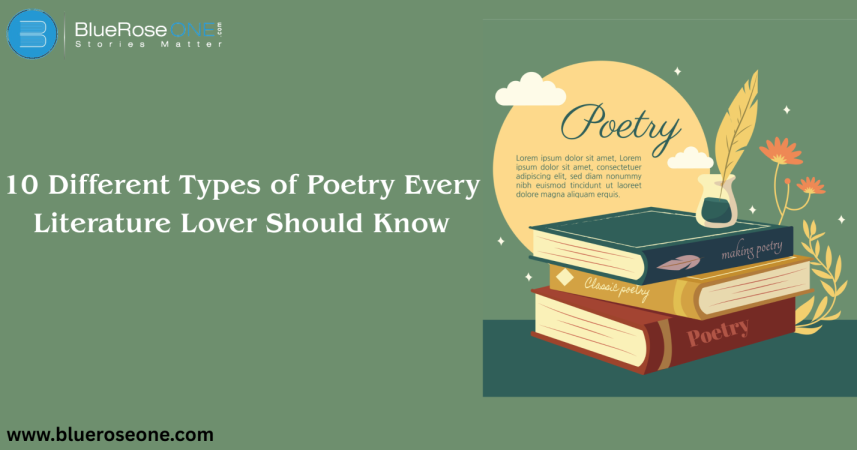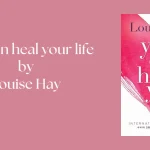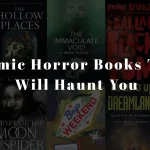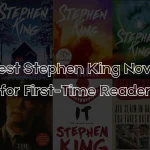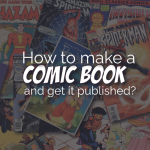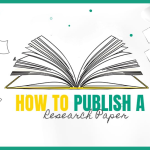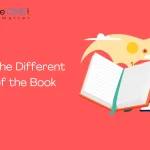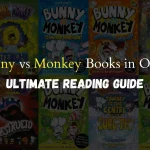What Makes Poetry So Special?
Poetry isn’t just about pretty words. It’s emotion, rhythm, reflection, and often, rebellion all compacted into a few lines. It captures what we feel but can’t say, all while dancing through the beats of language.
Why You Should Know the Different Types of Poetry
Why You Should Know the Different Types of Poetry
Each type of poetry offers a unique flavor. Knowing the types doesn’t just help you appreciate the beauty, it deepens your understanding of the messages, history, and creativity behind every line. Whether you’re a casual reader or a budding writer, exploring these poetic forms can completely transform how you see and feel words.
You may also like: 100+ Nice Words to Describe a Nice Person
1. Sonnet
A sonnet is a 14-line poetry with a certain rhyme scheme and meter, typically iambic pentameter. Sonnets originated in Italy and were mastered by poets such as Petrarch and Shakespeare.
They frequently explore themes of love, time, beauty, and mortality. Sonnets come in a variety of forms, including Italian (Petrarchan) and English (Shakespearean), each with its own set of structural guidelines. Sonnets demonstrate a poet’s ability to condense intense emotion into a concise, lyrical form.
2. Haiku
A haiku is a traditional style of Japanese poetry made up of three lines with a 5-7-5 syllable structure. A haiku is known for its brevity and profundity, and it vividly depicts a moment in nature, emotion, or meditation.
Despite its simplicity, it provokes strong emotions and thoughts. Haikus are well-known for their meditative character, which encourages readers to pause and enjoy the beauty of ephemeral, commonplace moments.
You may also like: 20 Must-Read, Life-Changing Poems in English You Can’t Miss
3. Free Verse
Free verse is a form of poetry that does not adhere to a set meter, rhyme system, or structure. Instead, it uses natural speech patterns, rich imagery, and expressive language to convey emotion and meaning.
This form allows poets to experiment with rhythm and line breaks, which typically results in a more personal and spontaneous tone. Famous poets such as Walt Whitman and T.S. Eliot popularized free verse in modern literature.
4. Limerick
Limericks are short, hilarious poems with a distinctive five-line structure and lively pace. It often adheres to an AABBA rhyme system, with the first, second, and fifth lines being longer and rhyming, while the third and fourth lines are shorter and also rhyme.
Limericks, a popular genre of light verse, are known for their witty punchlines and catchy flow.
5. Narrative Poetry
Narrative poetry presents a story in verse, using typical storytelling components such as plot, character, and environment. Unlike lyrical poems, which focus on emotions, narrative poems describe events with a defined beginning, middle, and end. Famous examples include epics like The Iliad and ballads like The Rime of the Ancient Mariner.
This approach appeals to those who enjoy a compelling tale intertwined with poetic words.
You may also like: The Scariest Horror Books That Will Keep You Up All Night
6. Ode
An ode is a lyrical poem that expresses profound respect or praise for a person, object, concept, or event. Odes, which have traditionally had a formal tone and structure, frequently commemorate beauty, emotion, or greatness.
Famous poets, such as John Keats and Pindar, used odes to explore complex issues using rich, emotive language. This literary form is a timeless approach to express deep appreciation in skillfully composed lines.
7. Elegy
An elegy is a gloomy, melancholy poem about loss, particularly the death of a loved one. Elegies, which are based on themes of loss, remembering, and reflection, frequently provide comfort or pay honor to the deceased.
Poets like Thomas Gray and W.H. Auden have utilized this style to investigate death and the human condition. Elegies are extremely emotional, allowing both the poet and the reader to mourn and heal.
8. Ballad
A ballad is a narrative poetry that is often accompanied by music. Ballads are traditionally passed down orally and have simple vocabulary, repetition, and a strong rhythm, making them easy to recall. They frequently address themes of love, tragedy, and heroism. Ballads, with their roots in folk culture, have evolved over time and continue to be a popular genre of narrative in both classical and contemporary poetry.
You may also like: Best Classic American Literature Short Stories You Must Read
9. Acrostic
10. Epic Poetry
Epic poetry is a vast narrative type of poetry that tells the heroic exploits of legendary characters or historical events. Epics, such as Homer’s The Iliad or The Odyssey, are frequently written in an elevated manner. They cover themes of valor, honor, and the conflict between good and evil. These poems frequently include larger-than-life characters and gods, reflecting the cultural ideals and mythologies of the countries from which they are derived.
You may also like: Scary Stories to Tell in the Dark: A Complete Guide
How to Explore and Enjoy These Poetry Forms
Tips for Reading and Understanding
- Read aloud to feel the rhythm.
- Break down unfamiliar structures.
- Don’t overthink it.
How to Start Writing Your Own
Start simple. Try a haiku or a limerick. Gradually work your way into sonnets or free verse. Keep a journal. Let your thoughts dance into lines.
Conclusion
Poetry isn’t a rigid box, it’s a playground of expression. Each type of poetry is like a different lens through which we see the world. Whether you’re drawn to the elegance of sonnets, the simplicity of haikus, or the wild ride of epic poetry, there’s something for every literature lover. So go ahead explore, read, write, and fall in love with words all over again.
You may also like: Kendrick Lamar Pulitzer Prize: A Milestone for Hip-Hop Culture
Frequently Asked Questions
Epic poetry like The Epic of Gilgamesh is among the oldest forms, dating back over 4,000 years.
Absolutely! Free verse poetry doesn’t follow rhyme or rhythm rules.
Try writing a few lines in different forms. The one that feels most natural is likely your match.
Nope! Poetry can be playful, sarcastic, humorous, or just plain silly.
Start with short forms like haikus or limericks, or pick a poetry anthology to sample a variety.

